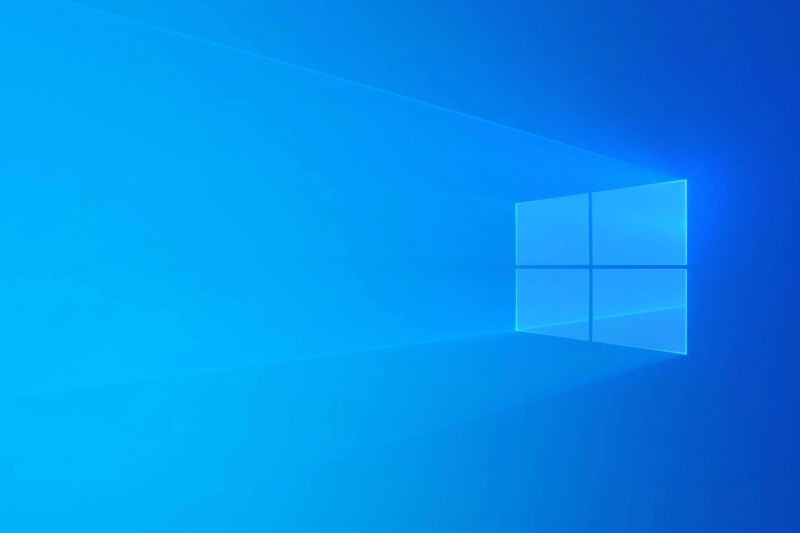
Microsoft
In October 2025, Microsoft will stop supporting Windows 10 for most PC users, which means no more technical support and (crucially) no more security updates unless you decide to pay for them. To encourage adoption, the vast majority of new Windows development is happening in Windows 11, which will get one of its biggest updates since release sometime this fall.
But Windows 10 is casting a long shadow. It remains the most-used version of Windows by all publicly available metrics, including Statcounter (where Windows 11’s growth has been largely stagnant all year) and the Steam Hardware Survey. And last November, Microsoft decided to release a fairly major batch of Windows 10 updates that introduced the Copilot chatbot and other changes to the aging operating system.
That may not be the end of the road. Microsoft has announced that it is reopening a Windows Insider Beta Channel for PCs still running Windows 10, which will be used to test “new features and more improvements to Windows 10 as needed.” Users can opt into the Windows 10 Beta Channel regardless of whether their PC meets the requirements for Windows 11; if your PC is compatible, signing up for the less-stable Dev or Canary channels will still upgrade your PC to Windows 11.
Any new Windows 10 features that are released will be added to Windows 10 22H2, the operating system’s last major yearly update. Per usual for Windows Insider builds, Microsoft may choose not to release all new features that it tests, and new features will be released for the public version of Windows 10 “when they’re ready.”
One thing this new beta program doesn’t change is the end-of-support date for Windows 10, which Microsoft says is still October 14, 2025. Microsoft says that joining the beta program doesn’t extend support. The only way to continue getting Windows 10 security updates past 2025 is to pay for the Extended Security Updates (ESU) program; Microsoft plans to offer these updates to individual users but still hasn’t announced pricing for individuals. Businesses will pay as much as $61 per PC for the first year of updates, while schools will pay as little as $1 per PC.
Beta program or no, we still wouldn’t expect Windows 10 to change dramatically between now and its end-of-support date. We’d guess that most changes will relate to the Copilot assistant, given how aggressively Microsoft has moved to add generative AI to all of its products. For example, the Windows 11 version of Copilot is shedding its “preview” tag and becoming an app that runs in a regular window rather than a persistent sidebar, changes Microsoft could also choose to implement in Windows 10.
